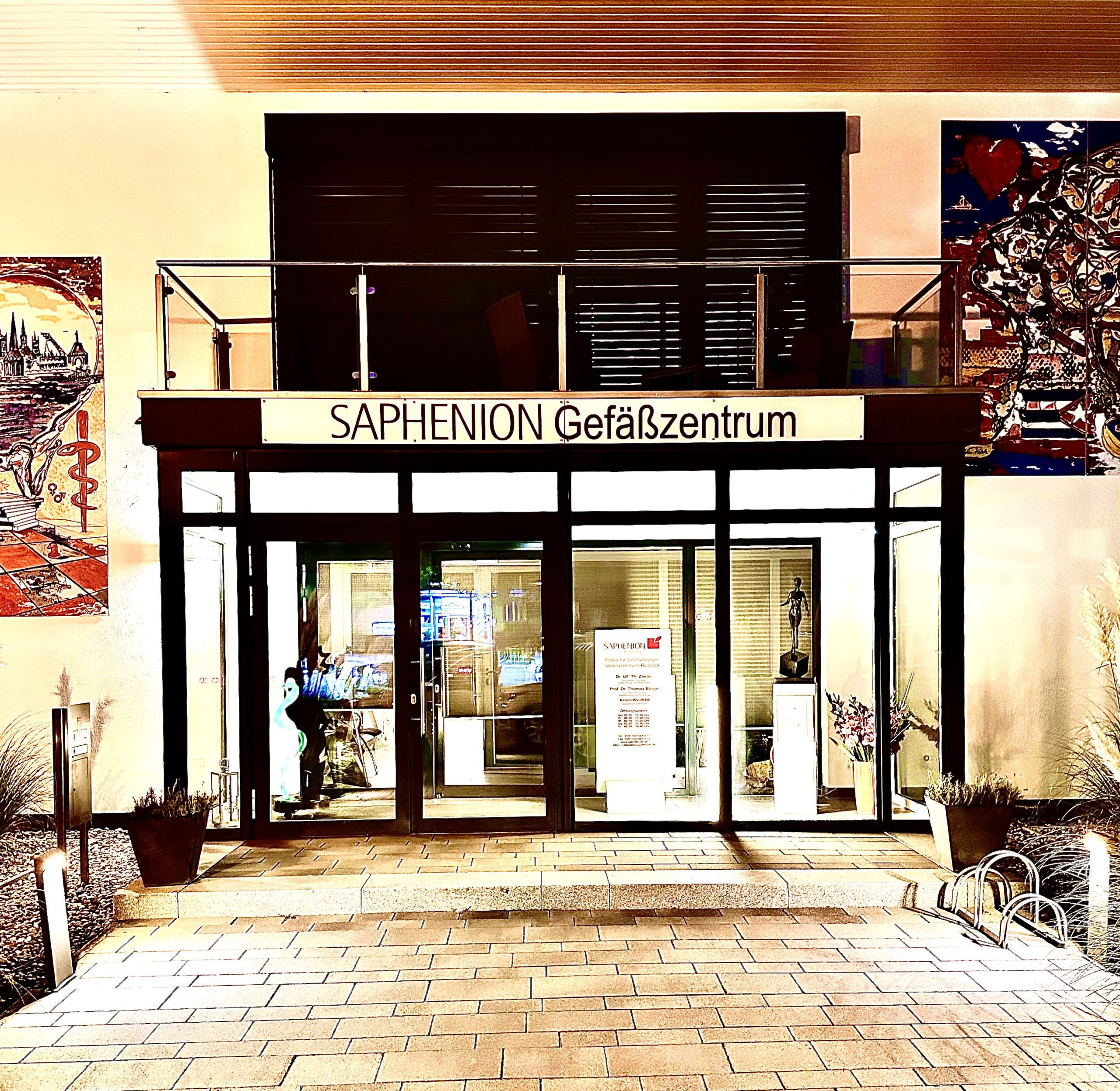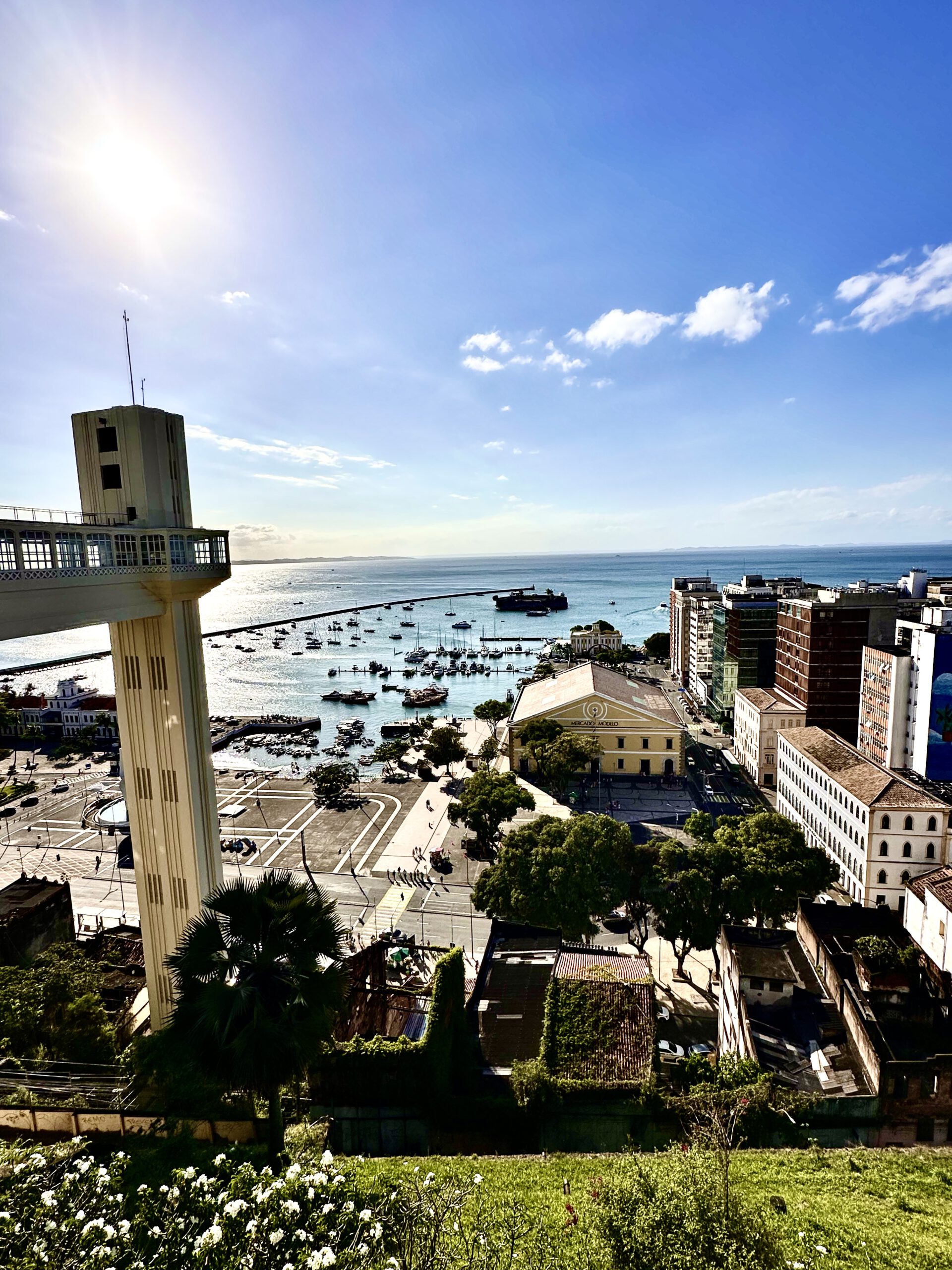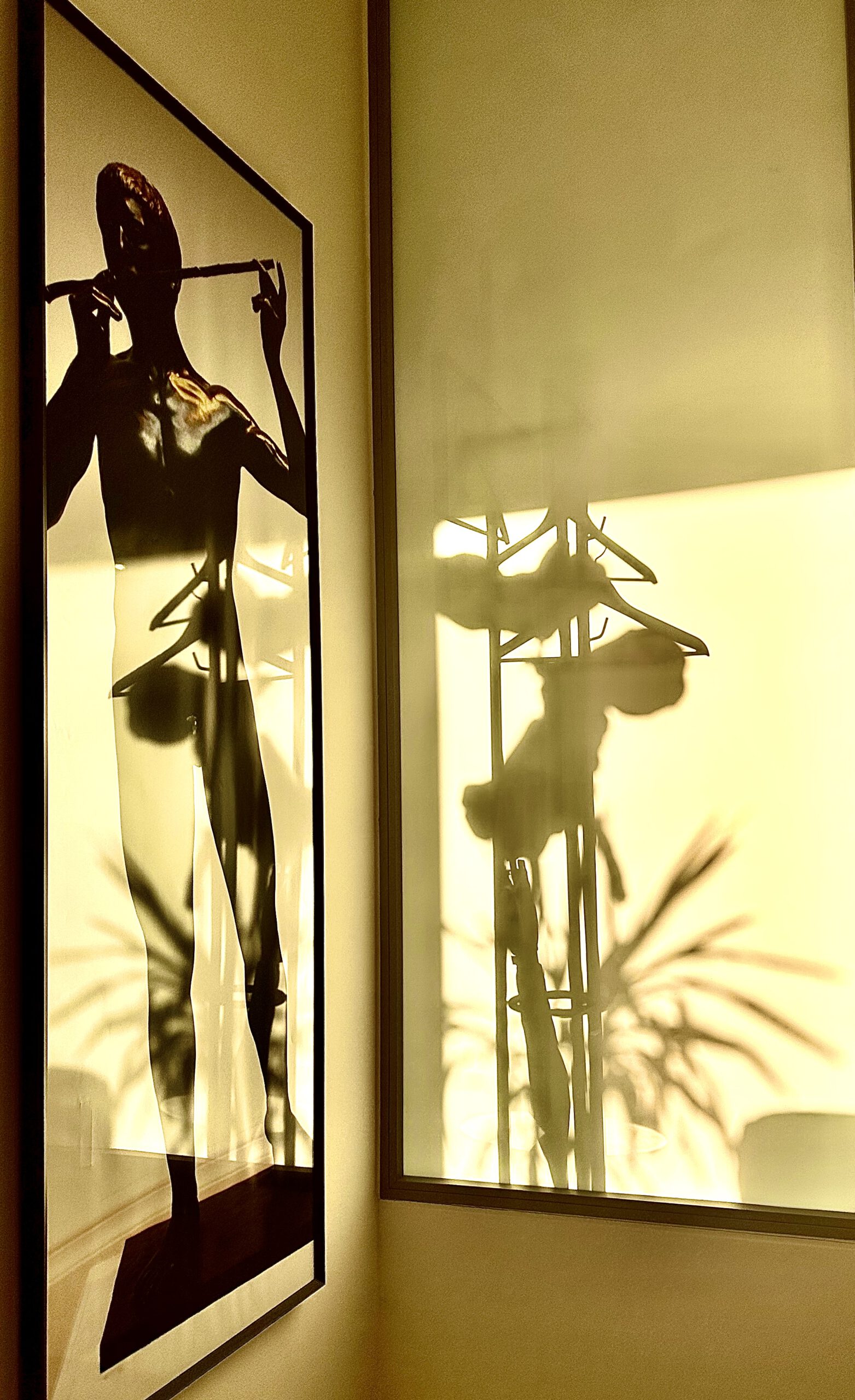Die Passivität der Darstellungsplattform „Homepage“ ist aber inzwischen in hohem Maße kritisch zu bewerten, denn die Aktivitäten von Plattformen, Agenturen, von google und facebook u.a. zielen darauf ab, über eine beim Arzt eingeforderte Gage die Homepage auf der Plattform aktiver und sichtbarer zu machen. Daraus resultieren dann aber die abstrusesten Verrenkungen des Internet – Gesundheitsmarktes (in kapitalerzeugendem und ethischen Sinne).
Für uns ist die Zwiespältigkeit des Themas „Hippokrates versus Internet?“ seit 2017, seit einem heftigen familiären Kontakt mit dem hochspezialisierten Gesundheitsmanagement einer Uni – Klinik present. Wir wurden täglich Zeugen eines optimierten Tätigkeitsablaufs in der Klinik. Es ging in letzter Konsequenz um die Ausarbeitung eines möglichst profitablen Diagnose – und Therapieplans.
The Hippocratic Oath—named after the Greek physician Hippocrates of Kos (c. 460 to 370 BC)—is a physician’s oath originally written in Greek and is considered the first fundamental formulation of medical ethics.
The physician’s core problem-solving skills are currently being transformed into technical execution skills, the actual physician into a profitable service provider, the complexity of each patient into a standardized symptom carrier, and medical practice into a technical manufacturing and consumption process.
However, the passivity of the “homepage” presentation platform must now be viewed critically, as the activities of platforms, agencies, Google, Facebook, and others are aimed at making the homepage on the platform more active and visible by charging doctors a fee. This, however, results in the most abstruse contortions of the Internet health market (in a capital-generating and ethical sense).
For us, the ambivalence of the topic “Hippocrates versus the internet?” has been present since 2017, since a intense family encounter with the highly specialized health management of a university hospital. Every day, we witnessed an optimized workflow in the hospital. Ultimately, it was about developing the most profitable diagnosis and therapy plan possible.





